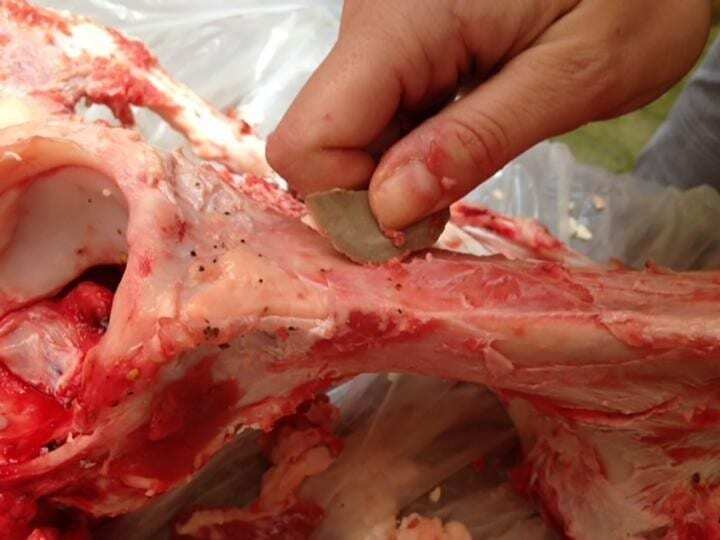The Acheulian culture endured in the Levant for over a million years during the Lower Paleolithic period (1.4 million to 400,000 years ago).
Its use of bifaces or large cutting tools like hand axes and cleavers is considered a hallmark of its sophistication — or, some researchers would argue, the lack thereof.
A new Tel Aviv University-led study published in Nature‘s Scientific Reports on September 10 reveals that these early humans also crafted tiny flint tools out of recycled larger discarded instruments as part of a comprehensive animal-butchery tool kit. This suggests that the Acheulians were, in fact, far more sophisticated than previously believed.
The international team of researchers, led by Dr. Flavia Venditti and Prof. Ran Barkai of TAU’s Department of Archeology and Ancient Near Eastern Cultures together with colleagues from La Sapienza Rome University, discovered tiny flint flakes in the Lower Paleolithic Late Acheulian site of Revadim. In the past, this site yielded various stone assemblages, including dozens of hand axes, as well as animal remains, primarily of elephants.
The new research is based on expert analyses of 283 tiny flint items some 300,000-500,000 years old.
“The analysis included microscopic observations of use-wear as well as organic and inorganic residues,” explains Dr. Venditti. “We were looking for signs of edge damage, striations, polishes, and organic residue trapped in depressions in the tiny flint flakes, all to understand what the flakes were used for.”
According to the microscopic use signs and organic residue found on the tiny flakes, these flint specimens were not merely industrial waste left over from the production of larger tools. In addition, they were the deliberate product of recycled discarded artifacts and intended for a specific use.
“For decades, archaeologists did not pay attention to these tiny flakes. Emphasis was instead focused on large, elaborate hand axes and other impressive stone tools,” says Prof. Barkai. “But we now have solid evidence proving the vital use of the two-inch flakes.”
“We show here for the first time that the tiny tools were deliberately manufactured from recycled material and played an important role in the ancient human toolbox and survival strategies,” adds Dr. Venditti.
The Acheulian culture, which was also prevalent in Africa, Europe, and Asia at the time, was characterized by the standard production of large impressive stone tools, mainly used in the butchery of the enormous animals that walked the earth.
“Ancient humans depended on the meat and especially the fat of animals for their existence and well-being. So the quality butchery of the large animals and the extraction of every possible calorie was of paramount importance to them,” Prof. Barkai says.
According to the study, which was conducted over the course of three years, the tiny tools were used at stages of the butchery process that required precise cutting, such as tendon separation, meat carving and periosteum removal for marrow acquisition. Some 107 tiny flakes showed signs of processing animal carcasses. Eleven flakes also revealed organic and inorganic residues, mainly of bone but also of soft tissue. Experiments carried out with reproductions of the tools showed that the small flakes must have been used for delicate tasks, performed in tandem with larger butchery tools.
“We have an image of ancient humans as bulky, large creatures who attacked elephants with large stone weapons. They then gobbled as much of these elephants as they could and went to sleep,” Prof. Barkai says. “In fact, they were much more sophisticated than that. The tiny flakes acted as surgical tools created and used for delicate cutting of exact parts of elephants’ as well as other animals’ carcasses to extract every possible calorie.
“Nothing was wasted. Discarded stone tools were recycled to produce new tiny cutting implements. This reflects a refined, accurate, thoughtful, and environmentally conscious culture. This ecological awareness allowed ancient humans to thrive for thousands of years.”
AMERICAN FRIENDS OF TEL AVIV UNIVERSITY
The removal of meat from a bone using a replica of the Revadim tiny flake. – Prof. Ran Barkai, Tel Aviv University







